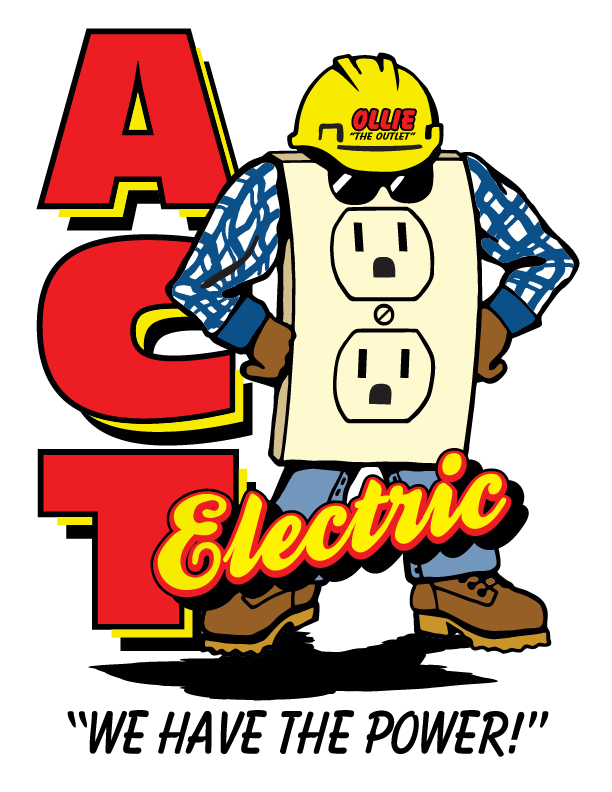What Is Casing and Capping Wiring?
Casing and caping is one of the oldest and most popular wiring systems still in use today. It’s an electrical wiring method where PVC insulated wires are placed in plastic casings and covered with a cap. The casing and capping system is often used for household wiring, wire distribution, protection to other wiring systems, offices, and devices with low voltage use.
The casing is commonly a rectangular strip, and its channel and cap are usually grey or white. The standard “case and cap” length is 39.4 inches, and it comes in sizes of 1.5-inch in width and 0.8-inch in thickness. The system’s durability is around 20 years, and it works great in homes or office spaces.
Different types of casing and capping wiring
There are four types of casing and capping wiring:
Press and fit
Press and fit is the most prevalent wiring type, with one part on the bottom surface and another on top. The installation process is pretty straightforward. First, the bottom part is attached to the walls. Then, the wiring is fed down, and finally, the cover gets pressed against the bottom part.
Sliding and fit
Sliding and fit is similar to the previous design. It is more common for deeper-lying casings that make it hard to press and fit the capping. Materials such as PVC are pretty hard to press, and their application is much easier with sliding.
Trunked fit
Trunked fit is a useful wiring system used as an additional layer on underground voltage wires and is often seen in street light installation projects.
Grilled fit
Grilled fit is a common casing and capping wiring system type for telephone cable management and is highly customizable.
Casing and capping installation
The casing and capping system installation process is relatively straightforward. First, we apply a 0.1-inch insulator between the wall and the casing to prevent the wall humidity from affecting the casing. Then, the surface is grooved with a ¼-inch width available in two- and three-way designs. Finally, the screws are drilled into the casing at an 11-inch distance.
Different types of joints are used to install the casing and capping wiring system both vertically or horizontally. The joints include T-joint, L-joint, and a bridge joint.
Casing and capping wiring system advantages
Much cheaper than other wiring systems such as sheathed and conduit
Enough room for customized installation
Metallic wires can be used along with PVC
Comes with a reduced risk of electric shock
Durable and long-lasting wiring system
Installing phase and neutral wires in separate slots make repairing straightforward and cost-effective
Smoke and humidity protection
Casing and capping wiring system disadvantages
Fault detection might require a bit more time
Not suitable for industries as the system doesn’t work in acidic conditions
In case of overheating or a short circuit, there’s a risk of fire
Not the best option for external use as the wiring system durability decreases much faster
The qualified electricians at ACT Electric perform quality lighting, wiring, home generators, landscape and security lighting, and new home wiring jobs. We are a 24-hour emergency electrician to cater to all your needs any time of the day or night. call at (480) 986-1722.

